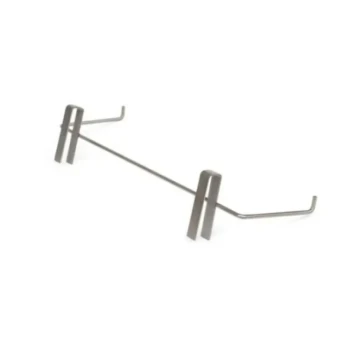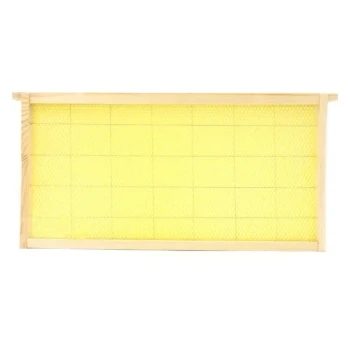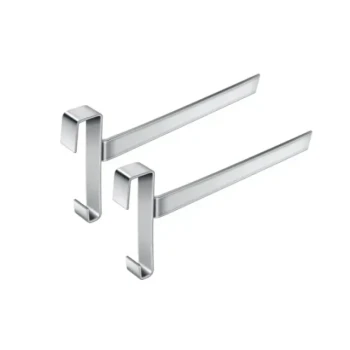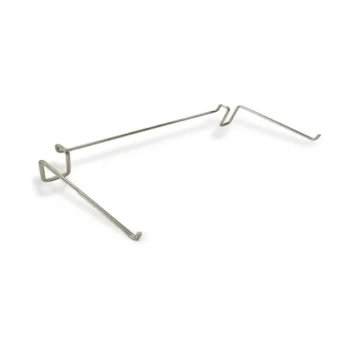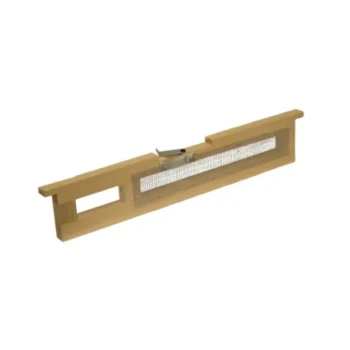At its core, beekeeping protection consists of a coordinated set of gear designed to shield you from stings. The essential components are a bee veil to protect your head and neck, a bee suit or jacket for your torso and limbs, and gloves to cover your hands and wrists. This system creates a complete barrier between you and the bees during hive inspections.
Protective gear is not just about preventing stings; it's about enabling a calm and focused state of mind. Choosing the right equipment is a matter of balancing absolute protection against the need for dexterity and comfort, a balance that changes with experience and the temperament of your bees.
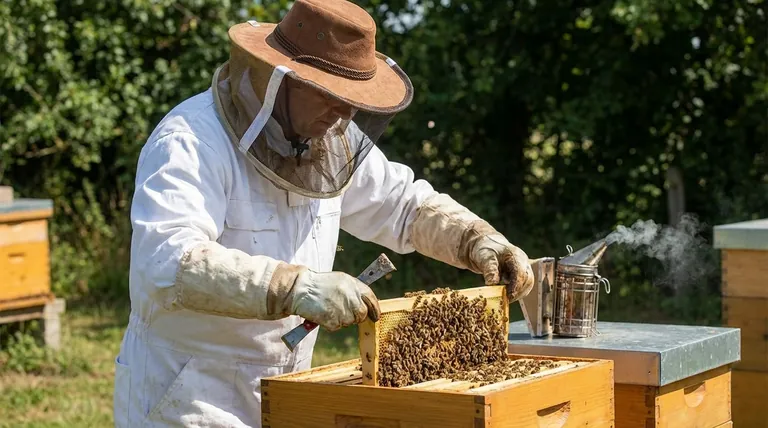
The Core Components of Beekeeper Protection
Understanding each piece of equipment is crucial for assembling a system that works for you. Your safety and confidence during an inspection depend on a seamless defense.
The Veil and Helmet: Your Most Critical Shield
The bee veil is the most important piece of protective gear. It is a non-negotiable component for beekeepers of all skill levels.
Its primary function is to protect your face, neck, and sensitive areas like your eyes, nose, and mouth from stings. A sting to the face is not only painful but can be particularly dangerous due to swelling. The veil is typically attached to a helmet or a wide-brimmed hat to keep the mesh away from your skin.
The Bee Suit vs. The Jacket: Choosing Your Body Armor
A bee suit is a set of coveralls that provides full-body protection from your neck to your ankles. It is the most comprehensive option.
A beekeeping jacket offers protection for your upper body and arms and is often worn with a pair of thick pants. This provides more flexibility and is quicker to put on, but you must ensure there is no gap at your waist where bees could enter.
Gloves: The Balance Between Protection and Dexterity
Beekeeping gloves shield your hands and wrists. They are available in several materials, each offering a different compromise.
Thick leather gloves provide the highest level of sting protection but significantly reduce your dexterity. This can make delicate tasks like handling frames or locating the queen more difficult.
Thinner gloves, such as those made from nitrile or goat skin, offer a much better feel for the hive components. However, they provide less protection and can be more easily punctured.
Footwear: Securing the Final Entry Point
Proper footwear is the final piece of the protective puzzle. Closed-toed boots, often worn with the legs of a bee suit tucked in, prevent bees from crawling up your legs.
This secures the last potential entry point, ensuring you are fully enclosed and can focus on the inspection without worrying about a stray bee finding its way inside your clothing.
Understanding the Trade-offs
Choosing gear is not a one-size-fits-all process. An effective beekeeper understands the compromises inherent in each choice.
Protection vs. Dexterity
This is the most common trade-off you will face, primarily concerning your gloves. While new beekeepers should prioritize maximum protection, you may find that thick gloves cause you to be clumsy, potentially dropping a frame and angering the hive.
As you gain experience, you might transition to thinner gloves for tasks requiring more finesse, accepting a slight increase in risk for a major gain in dexterity.
Comfort and Climate
A full bee suit offers maximum protection but can become extremely hot, especially during summer inspections. Overheating can lead to fatigue, dehydration, and rushed work, which can be detrimental to both you and the bees.
Modern vented suits offer a compromise, using layers of mesh to promote airflow while still preventing stings. For beekeepers in hot climates, this can be a critical investment.
Experience and Hive Temperament
Some highly experienced beekeepers may occasionally work with minimal gear, such as only a veil. This is not recommended for beginners.
This approach is only viable after years of experience and is based on a deep, intimate knowledge of a specific hive's gentle temperament. Always assume a hive can be defensive and suit up accordingly until you have the expertise to make a different assessment.
Selecting the Right Gear for Your Journey
Your protective gear should match your experience level and goals. Use these principles as your guide.
- If you are a new beekeeper: Start with a full bee suit, a high-quality veil, and thick leather gloves. Your primary focus should be on building confidence through maximum protection.
- If your primary focus is comfort in a hot climate: Invest in a vented suit and consider bringing multiple pairs of gloves to switch between high-protection and high-dexterity tasks.
- If you are an experienced beekeeper seeking more dexterity: Experiment with thinner, sting-resistant gloves for specific inspections, but always keep your full protective gear available.
Ultimately, your protective gear is the tool that allows you to work with your bees confidently and safely.
Summary Table:
| Essential Gear | Primary Function | Key Considerations |
|---|---|---|
| Bee Veil & Helmet | Protects face, neck, and eyes from stings. | Non-negotiable for all beekeepers; keeps mesh away from skin. |
| Bee Suit or Jacket | Shields torso and limbs; full-body vs. upper-body coverage. | Suits offer maximum protection; jackets provide more flexibility. |
| Gloves | Protects hands and wrists from stings. | Leather for max protection; nitrile/goat skin for better dexterity. |
| Footwear | Secures the final entry point; prevents bees from crawling up legs. | Closed-toed boots with suit legs tucked in are essential. |
Ready to equip your apiary with professional-grade protection? HONESTBEE supplies durable, comfortable beekeeping supplies and equipment to commercial apiaries and beekeeping equipment distributors through our wholesale-focused operations. Our gear is designed to provide the perfect balance of safety and dexterity that beekeepers need. Contact HONESTBEE today to discuss your wholesale needs and enhance your beekeeping operations.
Visual Guide
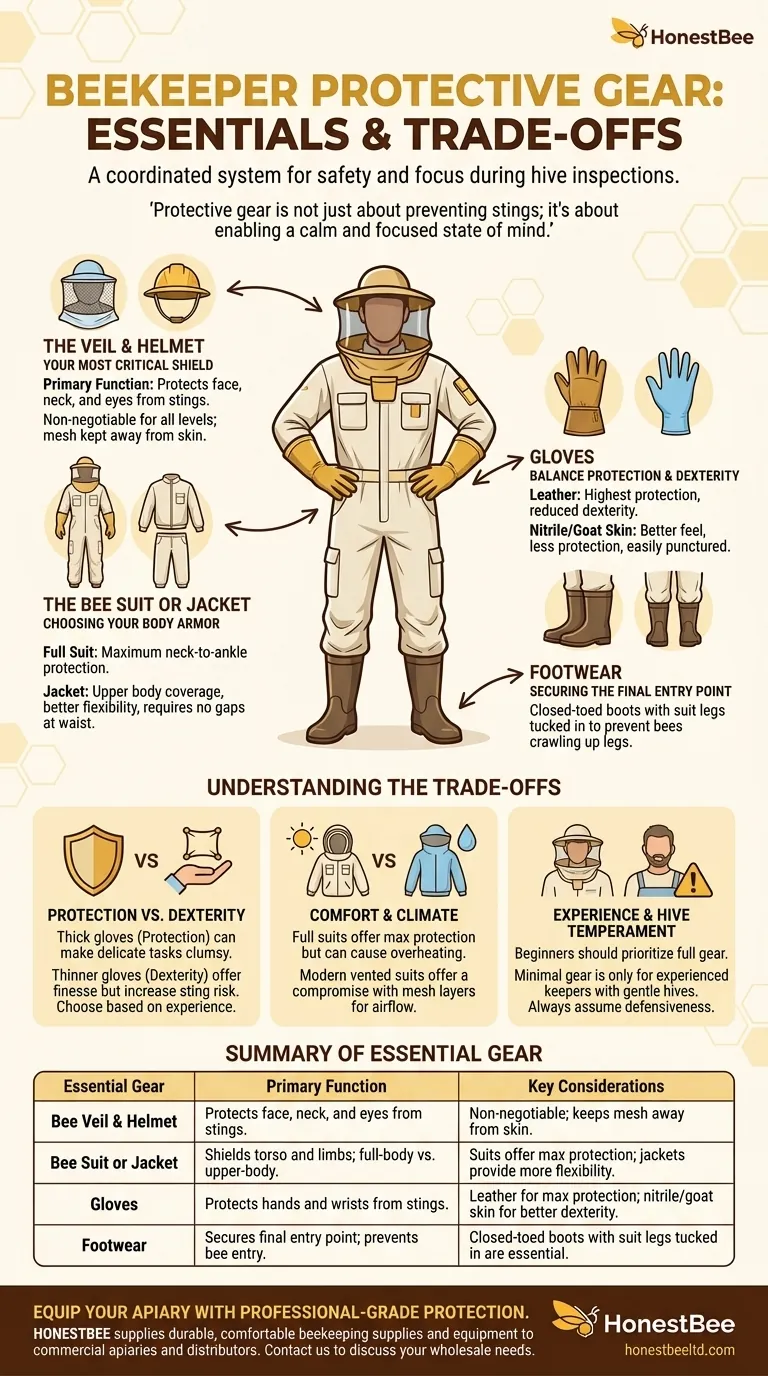
Related Products
- Heavy Duty Cowboy Beekeeper Hat with Visibility Veil Outdoor Professional Beekeeping Protective Gear
- Square Folding Bee Hat Veil with String for Beekeeping
- Beekeeper Cowboy Hat and Veil for Beekeeping
- Professional Insulated Winter Hive Wrap for Beekeeping
- Yellow Plastic Bucket Pail Perch for Beekeeping
People Also Ask
- What is the purpose of the high visibility veil on the beekeeping hat? Ensure Maximum Safety and Clarity
- Why are a hat and veil considered the most important parts of beekeeping protective gear? Essential Protection for Your Face and Confidence
- How can beekeeping supplies and accessories enhance the hobby? Essential Tools for Safe & Rewarding Beekeeping
- What are the benefits of the lightweight fabric used in the beekeeping hat veil? Enhanced Visibility & Comfort for Hive Work
- What is the purpose of a hat and veil in beekeeping? Essential Protection for Head & Face






